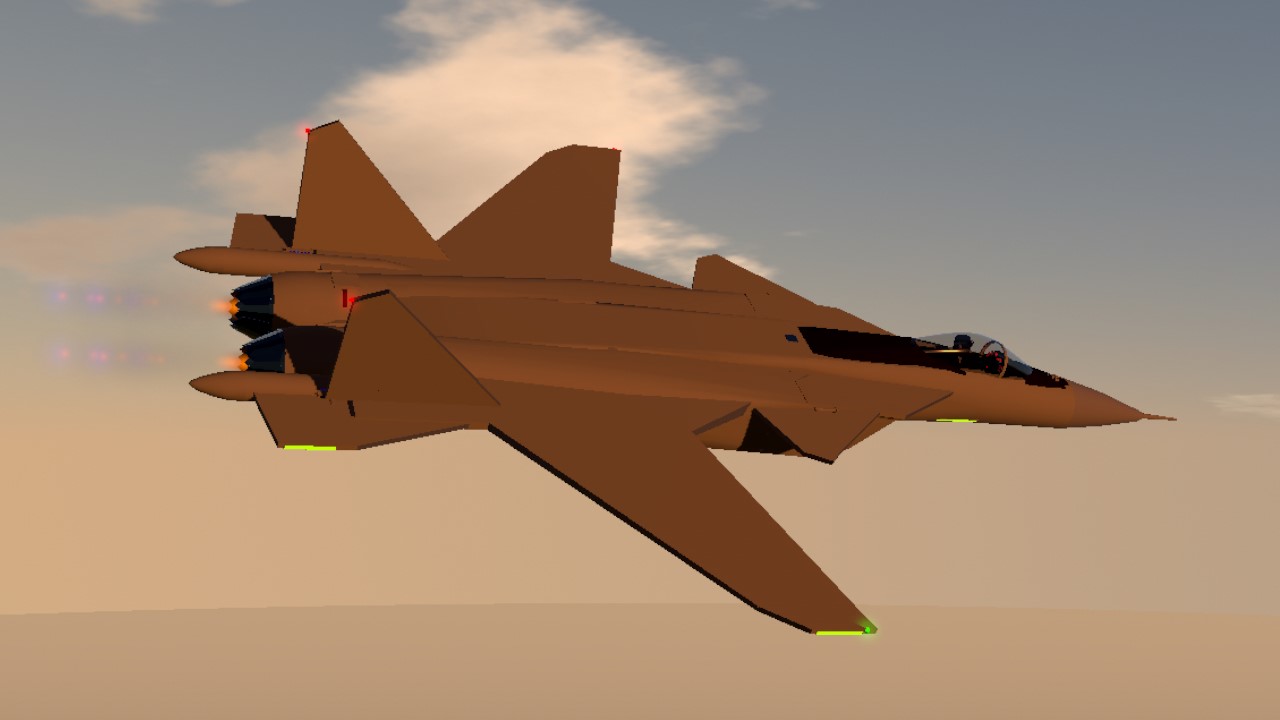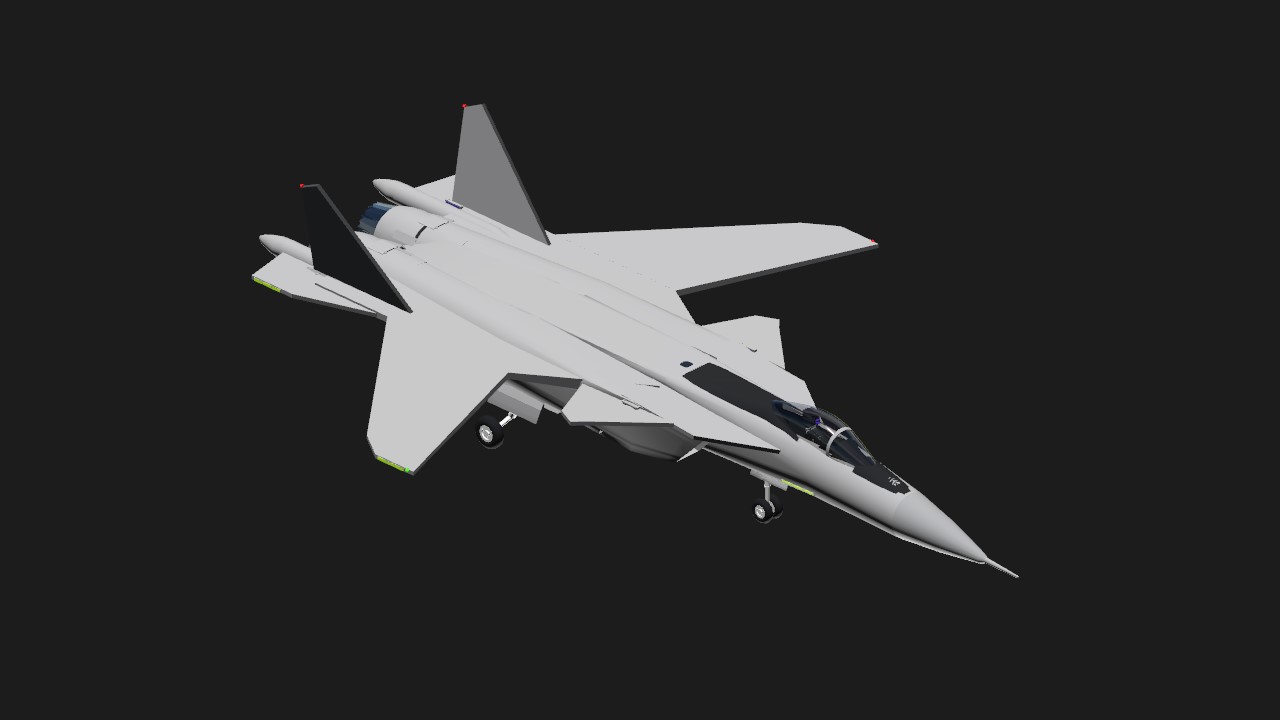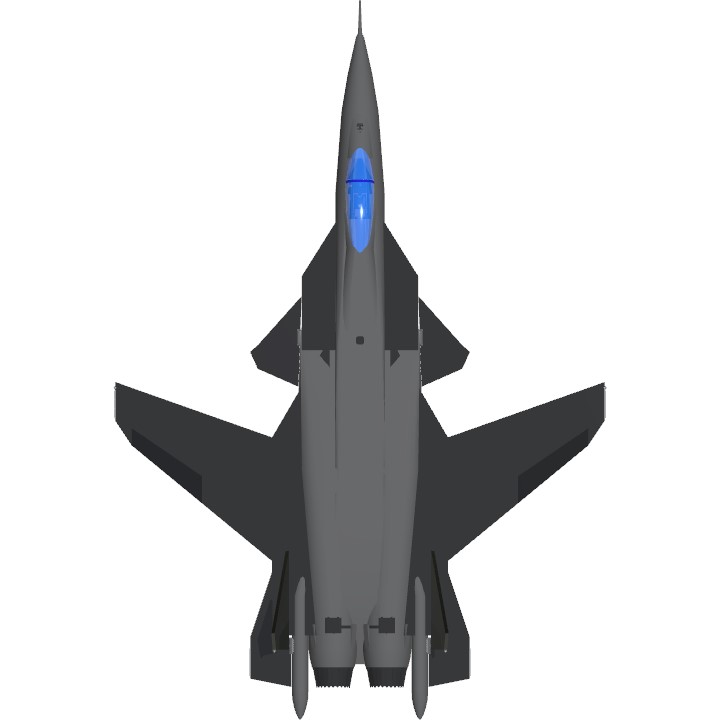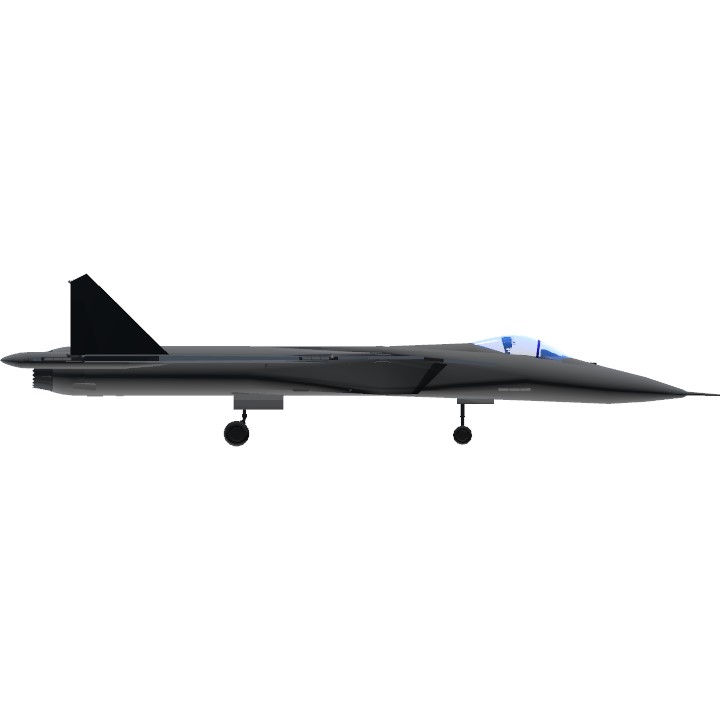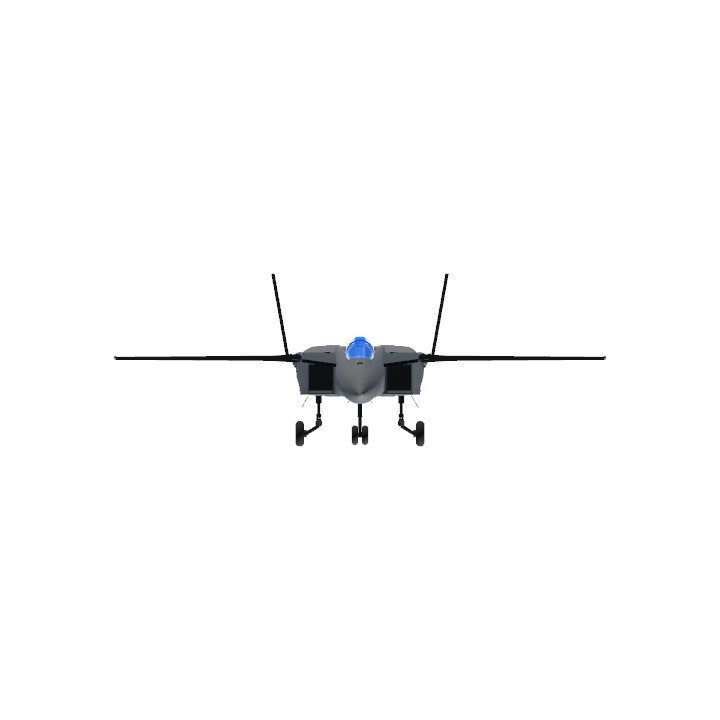Originally known as the S-37, Sukhoi redesignated its advanced test aircraft as the Su-47 in 2002. Officially nicknamed Berkut (Russian: Беркут) (the Kazakh word for "Eagle"), the Su-47 was originally built as Russia's principal testbed for composite materials and sophisticated fly-by-wire control systems, as well as new airframe technologies.
TsAGI has long been aware of the advantages of forward-swept wings,[3] with research including the development of the Tsibin LL and study of the captured Junkers Ju 287 in the 1940s. At high angles of attack, the wing tips remain retracted allowing the aircraft to retain aileron control. Conversely to more conventional rear-swept wings, forward sweep geometrically creates increased angle of incidence of the outer wing sections when the wing bends under load. The wings experience higher bending moments, leading to a tendency for the wings to fail structurally at lower speeds than for a straight or aft-swept wing.
The project was launched in 1983 on order from the Soviet Air Force. However after the fall of the USSR, funding from the government was frozen and instead the project continued to be privately funded by Sukhoi.[4] Like its US counterpart, the Grumman X-29, the Su-47 was primarily a technology demonstrator for future Russian fighters such as the Sukhoi Su-57. The forward-swept wing configuration was ultimately not pursued because it was mainly advantageous at transonic speeds while an aft-swept wing was superior at supersonic speeds.[5]
Outline of the Sukhoi Su-47
The Su-47 is of similar dimensions to previous large Sukhoi fighters, such as the Su-35. To reduce development costs, the Su-47 borrowed the forward fuselage, vertical tails, and landing gear of the Su-27 family. Nonetheless, the aircraft includes an internal weapons bay, and space set aside for an advanced radar.
Like its immediate predecessor, the Su-37, the Su-47 is of tandem-triple layout, with canards ahead of wings and tailplanes. The Su-47 has two tailbooms of unequal length outboard of the exhaust nozzles, carrying rearward-facing radar and a breaker-chute.[6]
Specifications
General Characteristics
- Predecessor Cy-47A
- Created On iOS
- Wingspan 49.2ft (15.0m)
- Length 71.6ft (21.8m)
- Height 16.9ft (5.2m)
- Empty Weight N/A
- Loaded Weight 34,000lbs (15,422kg)
Performance
- Power/Weight Ratio 11.897
- Wing Loading 40.4lbs/ft2 (197.0kg/m2)
- Wing Area 842.6ft2 (78.3m2)
- Drag Points 5855
Parts
- Number of Parts 120
- Control Surfaces 4
- Performance Cost 821

